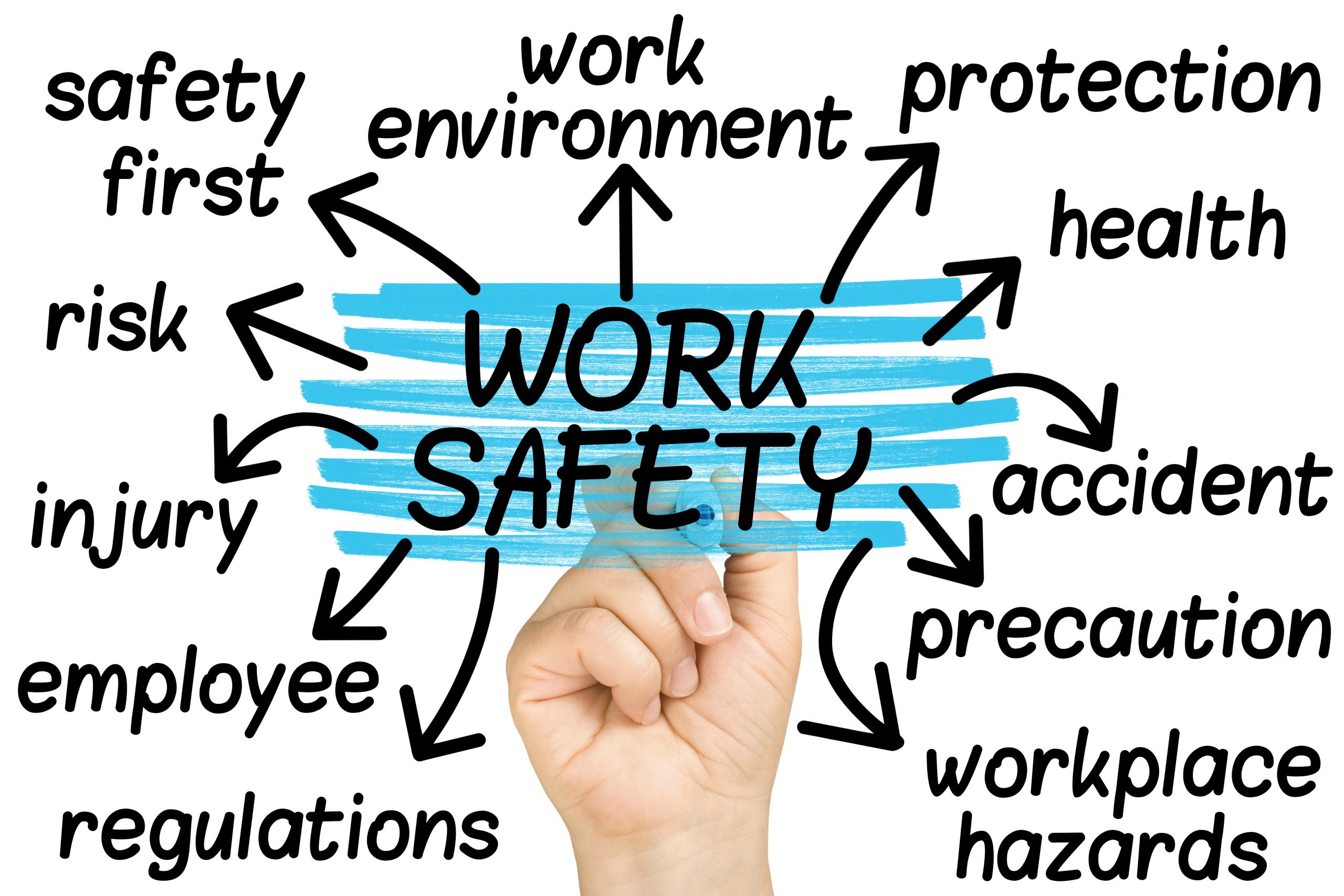
With so many other things to worry about when running a business, it can be hard to know who is responsible for health and safety in the workplace. However, the answer is simpler than you might think…
who is responsible for health and safety in the workplace? One the one hand, everyone is responsible for safety in the workplace. Employers, employees, clients, and even members of the public or visitors — every single person who steps into a workplace is responsible for their own safety and the safety of others.
It’s nothing less than common sense and common ethics. If we imagined that safety was somehow the job of someone else, the buck would forever be passed to someone else. By emphasising that there is no single person who is responsible for safety in the workplace, we can make sure that everyone takes responsibility. When that happens, accidents are much less likely.
As SEMA says in its video on load notices, “safety is everyone’s job.”
All that said, the legal question of who is responsible for safety in the workplace is a little less settled than the moral question. In other words, in the case of an injury in the workplace, it is not the case that everyone would be legally responsible for the injury.
So, Legally Speaking, Who is Responsible for Health and Safety in the Workplace?
Legally speaking, everyone is responsible for safety in the workplace — but not everyone is responsible for the same thing and not everyone has the same amount of responsibility. The bulk of the responsibility rests with the employer, but an employee, a visitor, or even a member of the public has some responsibilities as well. HSE lays out employer responsibilities on its website.
You couldn’t give all of the legal responsibility for safety to the employer, because that would mean that any accident in their workplace would be their fault. So, if an employee decided to purposely injure another colleague, the employer would be accountable. This is obviously absurd, and that’s why an employee needs some responsibility for safety as well.
Equally absurd would be if everyone was equally responsible for safety. If employees are ask to perform a task without the correct training or safety equipment, it is not their responsibility to know what safety equipment or safety training they should have had. If an injury were to occur in that instance, the employer would be legally responsible.
HSE lays out employee responsibilities (including agency worker and temporary worker responsibilities) on its website.
There are also other instances of responsibility. A member of the public who walks into a workplace uninvited and who winds up injured because they ignored safety regulation is responsible for their own safety. A contractor who created a fault while working on a piece of equipment might be held responsible if that equipment goes wrong.
You might also be an employee who is a safety representative elect by a union. HSE lays out safety representative responsibilities on in its website. The two most important pieces of legislation with regards to safety representatives are the Safety Representatives and Safety Committees Regulations 1977 and the Health and Safety (Consultation with Employees) Regulations 1996.
Finally, there is “client” responsibility as defined in cases covered by the CDM Regulations 2015). The CDM Regulations outline responsibility for safety in construction or design projects. This includes building sites, but it also includes film sets, music sets, and television show sets. In cases like these, the employer is harder to define.
As such, the term ‘client’ refers to “any person for whom a project is carried out”. In projects covered by the CDM Regulations 2015, the client is responsible for many of the things for which an employer would ordinarily be responsible.
Figuring out Who is Responsible for Safety in the Workplace
In order to know who is responsible for health and safety in the workplace, the best thing to do is to research the relevant law to look at the relevant guidelines. For warehouse safety, the owner of the warehouse or the employer is responsible for most safety, but employees have responsibilities, too.
HSE also recommends one particular employee to be nominate as the PRRS (Person Responsible for Racking Safety). This employee will have more responsibilities than other employees, though this is not a legally binding matter. It’s something which HSE advises in HSG76, but HSG76 is a guide and not legislation.
The PRRS should perform regular rack safety inspections alongside expert inspections from a SEMA approved racking inspector once every 12 months. We also recommend that a PRRS is trained by a SEMA approved racking inspector in order to help them with their regular inspections.
As you can see by this point, knowing who is responsible for safety in the workplace entirely depends on the industry you’re in, the relevant legislation, and the relevant guidelines. However, as a shorthand, making sure that safety is everyone’s job will go a long way towards making your workplace safer.
If you’re looking for racking inspection training from a SEMA approved racking inspector for your PRRS or your annual inspection from a SEMA approved racking inspector, contact Storage Equipment Experts today for a FREE consultation.





